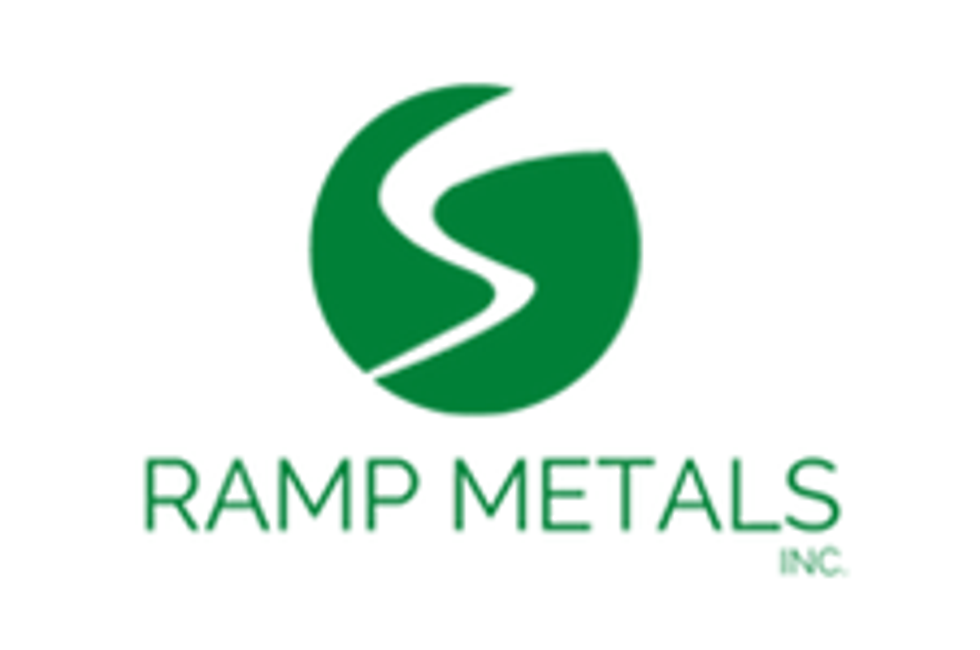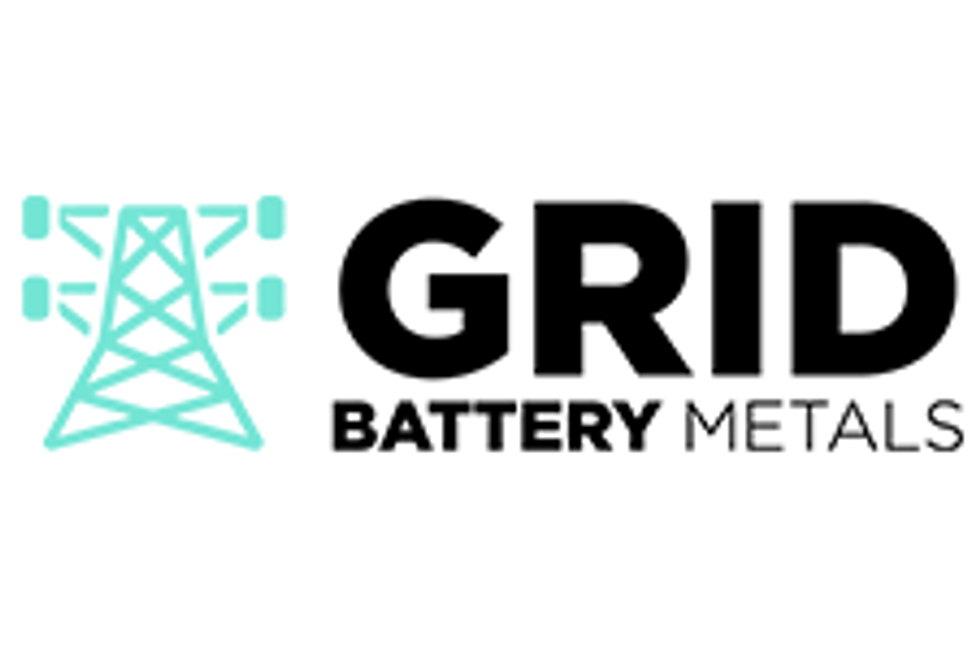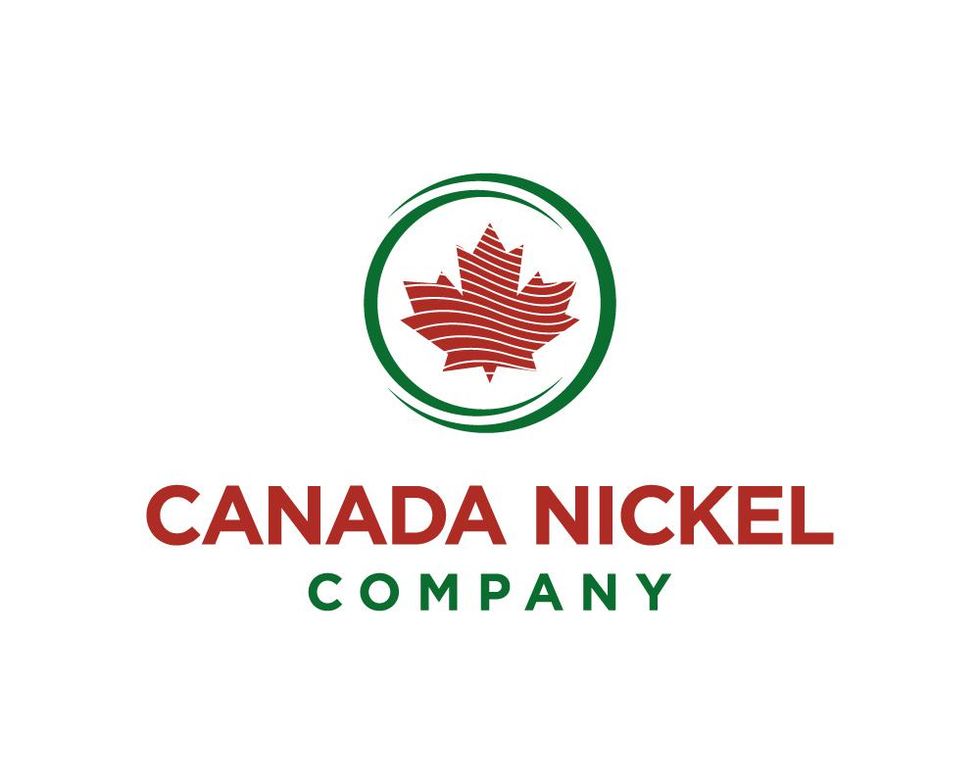Nickel West’s Mount Keith Satellite Gets Environmental Boost

The EPA has determined that flora and vegetation, water, social surroundings and air-quality considerations are all manageable within the scope of the Mount Keith satellite project proposed by BHP.
Global diversified miner BHP’s (ASX:BHP,NYSE:BHP,LSE:BLT) vision to become a major player in the nickel space is coming together, with one of three proposed mines getting the nod of approval from the Environmental Protection Agency (EPA) in Western Australia this week.
In a report to the state environment minister released on Monday (November 19) on the Mount Keith satellite project in Northern Goldfields region, the EPA considered flora and vegetation, water, social surroundings and air quality, determining that each factor presented manageable challenges.
“Following assessment, the EPA concluded that the Mt Keith Satellite Project could proceed subject to strict implementation conditions,” said EPA chair Dr Tom Hatton.
“Nickel West demonstrated appropriate engagement with traditional owners during the design of the mine site and developed suitable management procedures for impacts to flora and vegetation including avoidance of clearing in the Wanjarri Nature Reserve.”
The satellite project would increase the mine life of the already existing Mount Keith open-pit operations by 12 years, with the mine producing 9.6 million tonnes of nickel ore a year.
It’s part of a larger move by the division of BHP to become a major player in the battery metals space, with ore from the Mount Keith satellite specifically earmarked as “for potential use in lithium batteries.”
The satellite would consist of two open pit mines, a waste rock landform and related extractive infrastructure. No new processing infrastructure needs to be built on site, as ore will be transported to the Mount Keith concentrator, which the company is looking to expand.
878 hectares of native vegetation will be cleared for the works, but in the report, the EPA noted that there were no threatened species of plant life existed in the area, and what was there was “common” and “widespread in distribution” in the region.
However, the agency directed that BHP apply recommendations to implement a flora and vegetation management plan, that it continue to consult closely with local indigenous communities to minimize impacts to aboriginal heritage and that the company should publicly report greenhouse gas emissions from the Mount Keith satellite project on an annual basis.
The agency recommended that the proposal proceed to a two-week appeal period ending on December 3.
On the LME, nickel is trading at US$11,190 a tonne as of this week — a new 2018 low for the metal.
Nickel West forecasts that by Q4 2019, its sales to the battery segment will make up almost 90 percent of all sales — up from less than 60 percent at the start of this year.
BHP was trading at AU$32.69 on the Australian Stock Exchange at market close on Tuesday (November 20).
Don’t forget to follow us @INN_Resource for real-time updates!
Securities Disclosure: I, Scott Tibballs, hold no direct investment interest in any company mentioned in this article.





